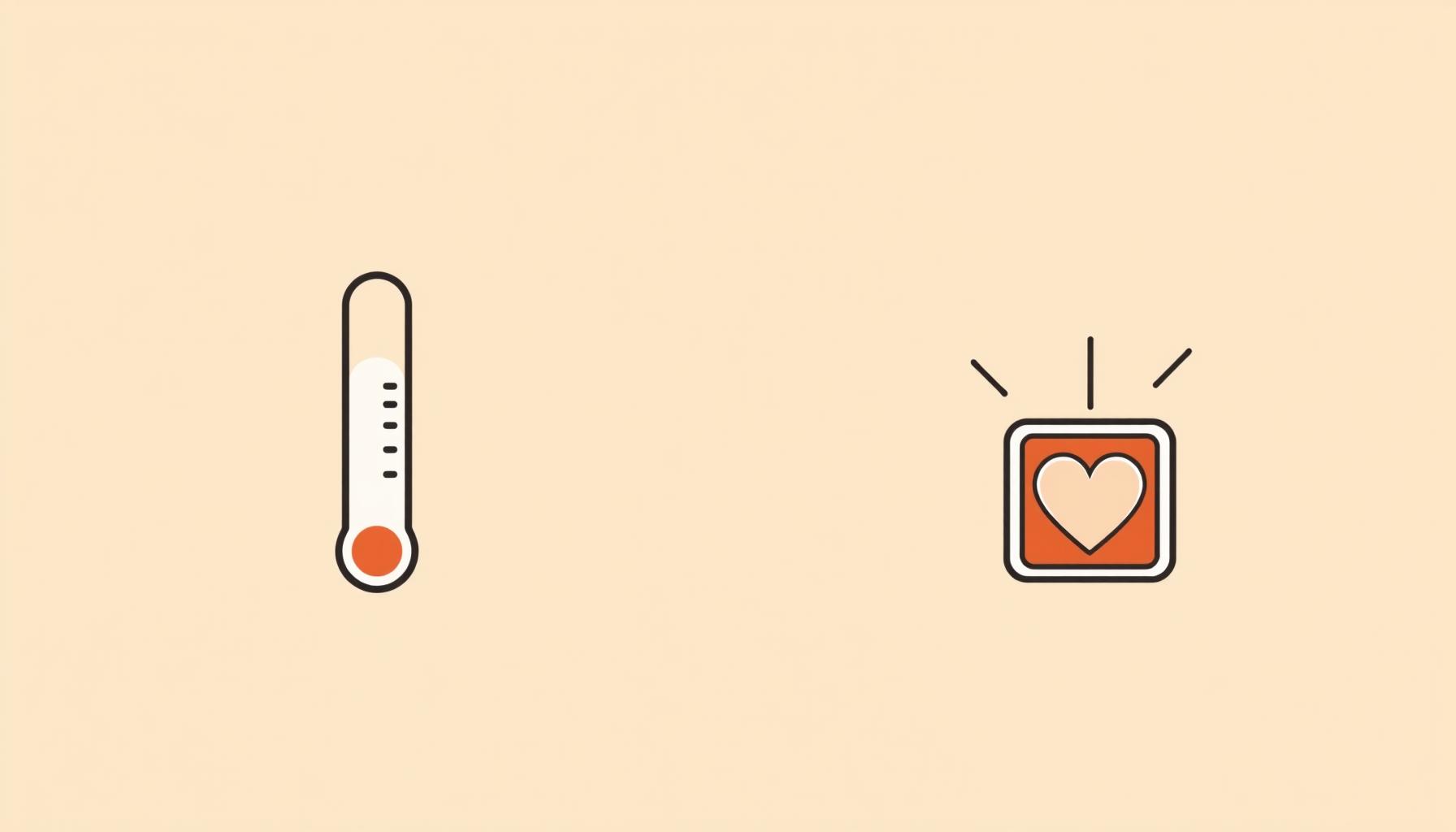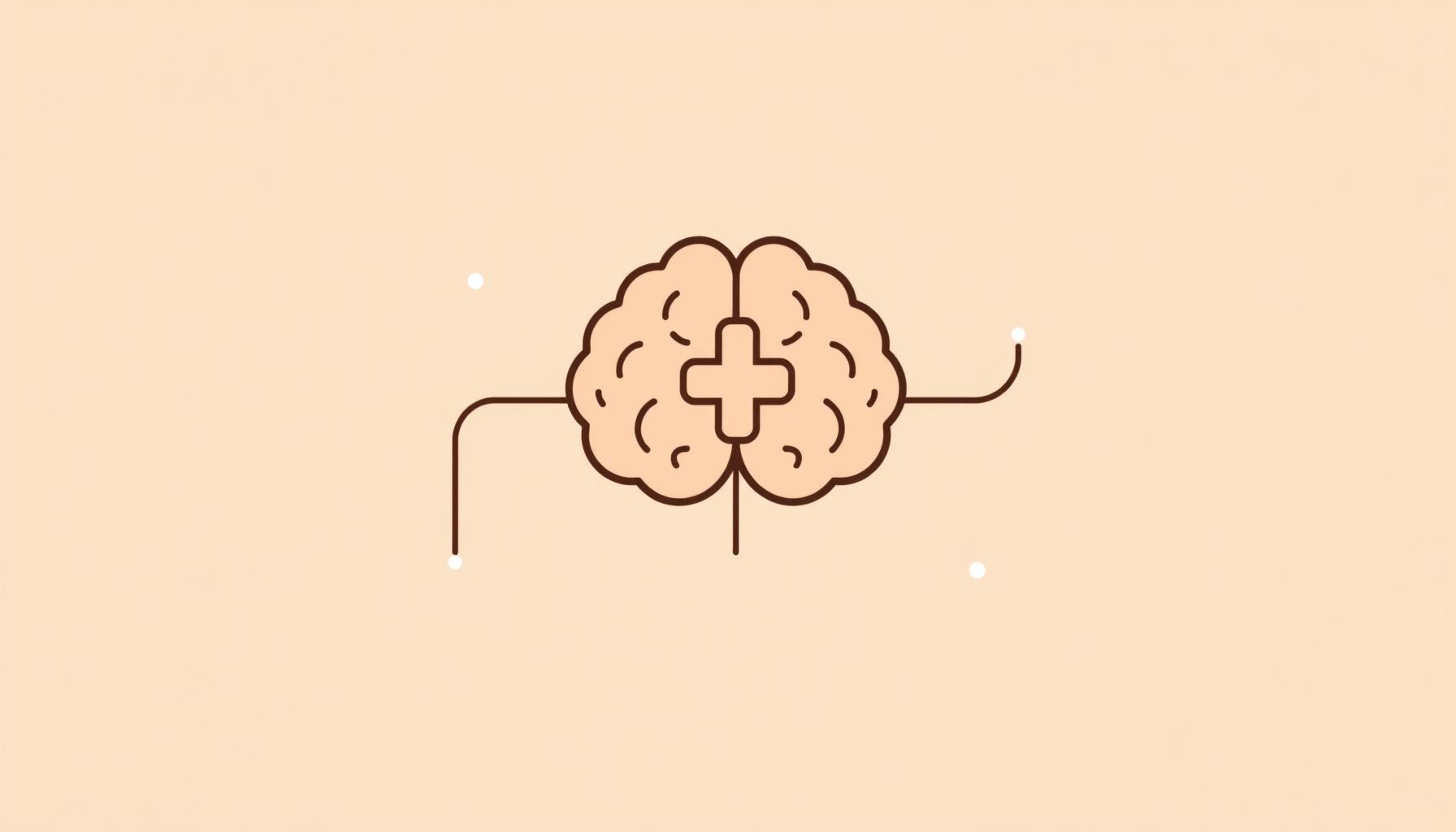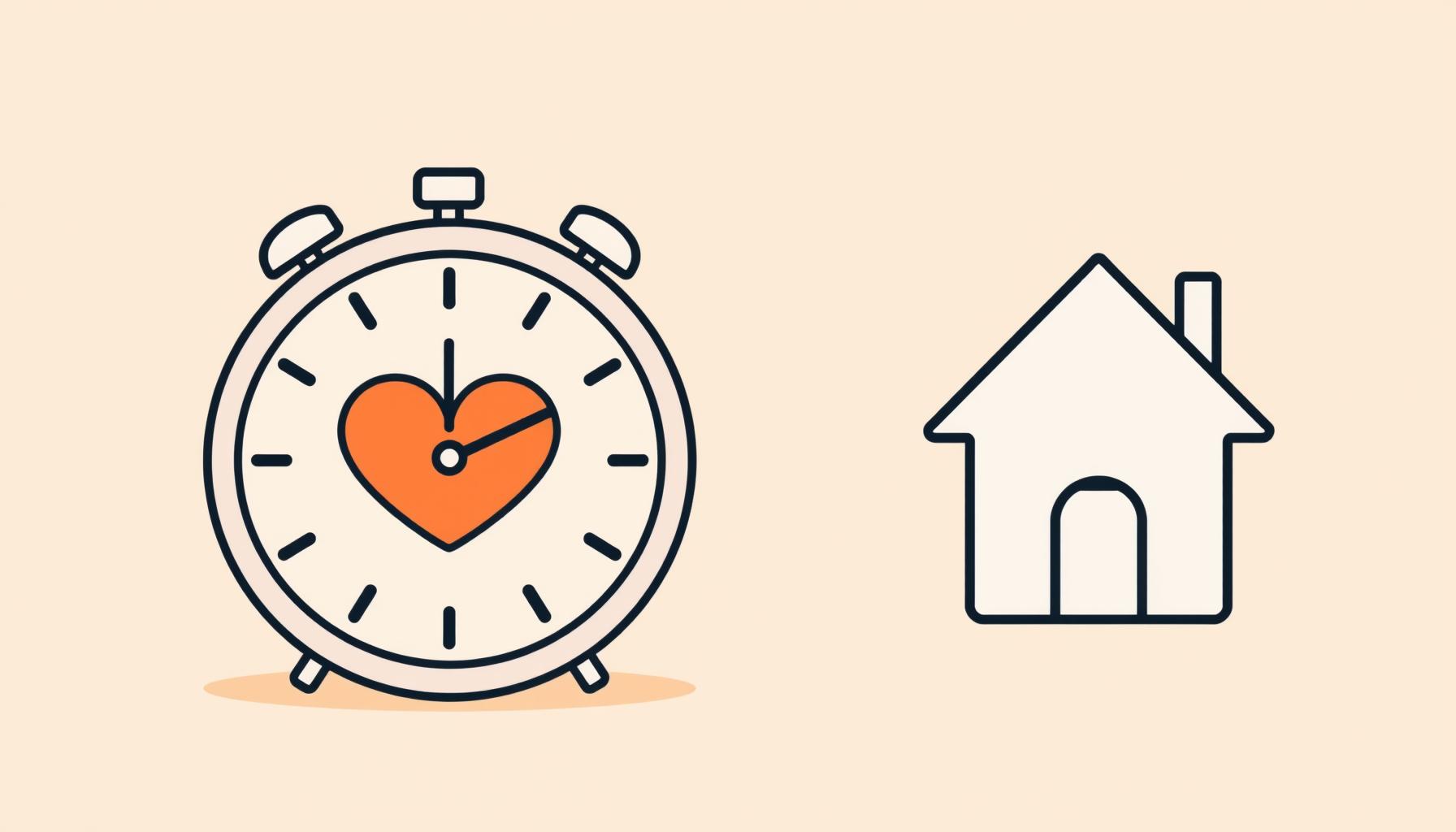
Beyond Band-Aids: How Smart Healthcare is Transforming Family Care
Remember those childhood fevers when care meant a cool washcloth and a parent’s hand? Those precious, quiet moments—feels like a lifetime ago now, doesn’t it? Well, smart healthcare is reshaping family health right before our eyes, and honestly? It’s a real game-changer. According to the latest research, this market’s set to explode from $360B in 2025 to nearly $1.5 TRILLION by 2034—that’s 17.18% growth every single year! Can you wrap your head around that? This revolution’s not coming—it’s already humming along in our pockets and on our wrists. So what does it actually mean for us parents?
Let’s dive into how these everyday tools are quietly making family wellness smoother and sweeter.
How Big Is the Smart Healthcare Wave Really?

Okay, pause with me for a sec on those numbers. Nearly $1.5 TRILLION by 2034? Mind-blowing, right? It’s like trying to picture every kid in your neighborhood building a single tower of LEGOs that touches the clouds—you know it’s huge, but the scale still catches you off guard.
Now, what does this mean for families like ours? It’s clear. This isn’t just cold market data—it’s a global shift toward truly connected care. Why’s it growing so fast? Simple: we’re tired of crossing our fingers when health worries pop up. We want better support, faster answers, and tools that fit into our real lives. Think of planning your family’s health like navigating an unfamiliar city. Remember those folded paper maps? Easy to tear, confusing twists, and zero traffic updates. Now imagine a GPS that whispers, “Turn left in 200 meters—your kid’s asthma trigger zone ahead.” That’s smart healthcare: real-time guidance helping you dodge pitfalls before they become crises. And get this—it’s not about replacing doctors. It’s like having a co-pilot who handles the route details while your doctor focuses on what matters most: you and your family.
When Did Your Doctor Move Into Your Pocket? The Rise of Telemedicine

Here’s what’s been a genuine game-changer for our crew: telemedicine. You know that awful feeling of bundling up a cranky, feverish kid at 7 AM for a clinic visit? Then sitting in a waiting room full of sniffles and coughs? Ugh—parenting’s version of slow torture. Does it make you wonder what other struggles might vanish next?
Last spring, my daughter spiked a sudden fever right after walking home from school. I’ll never forget that tension—rushing to call the clinic, debating whether to brave the commute. But with one tap? Video consult. Doctor saw her flushed cheeks, asked smart questions, even suggested cool compress tricks before her afternoon nap. Pure relief. Telemedicine’s transforming those nerve-wracking moments into quiet confidence. Just a click away, no germs shared, no parking headaches. And bonus? It fits around carpools and snack time like a dream.
Wearables? They’re way more than step-counters now. Companies like Samsung are building health guardians we actually trust. Picture checking your grandparent’s heart rhythm from your kitchen table while they sip tea miles away. Or getting a gentle alert when your child’s playing too hard in the park with asthma. This isn’t sci-fi—it’s happening. These devices become our silent health scouts, giving us that warm, quiet confidence to let kids just be kids.
How AI is Powering the Future of Smart Healthcare

What’s making all this magic work? Intelligent systems humming along quietly. Don’t picture robot doctors—that image gives me the heebie-jeebies too! Instead, imagine having a tireless helper who studies every health data point so your real doctor can focus on you. When you hear about AI in healthcare, think of it like this: it’s the ultimate background singer to your doctor’s lead vocals. Companies like Cerner use it to organize mountains of patient info fast. That means your physician spots fever patterns before they escalate, or notices sleep issues affecting moods. Suddenly, appointments aren’t just “what’s wrong?” but “here’s how we fix it together.” It’s turning cold data into warm devotion, one health alert at a time.
Nurturing Healthy Kids in a Smart World

As a dad, I’ll ask: how do we raise kids smart in this tech-filled world? Let’s be real—it’s not about strapping sensors on like mini cyborgs. Instead, we make it playful. Like when my daughter and I noticed her heart rate jumping on her watch after chasing bubbles. “See?” I said, “Running wild makes your heart dance!” Suddenly, health tracking’s not scary—it’s discovery time. But here’s the anchor: no app replaces scraped knees healed with band-aids and empathy, or the magic of fresh air during neighborhood walks. Tech becomes the helper, not the hero. Just like how a good family meal blends modern convenience with old-school nourishment—think checking blood pressure after kimchi stew dinners, no pressure, just peace of mind!
Will Smart Healthcare Give Us Back What Matters Most?

Strip away the buzzwords and market hype: smart healthcare’s promise is beautifully human. It gives back time. Imagine skipping waiting rooms for virtual check-ins, then using those extra minutes to build pillow forts or read that dog-eared storybook one more time. It’s about knowledge that helps us advocate for our kids without panic.
The Precedence Research report nails it—this isn’t just about clinic visits. It’s about deeper family bonds. Like when wearables flagged our neighbor’s irregular heartbeat during a block party, getting him help before he drove home. Moments like that? They remind us tech at its best serves humanity. It guards our health quietly so we can focus on what glows in the dark: bedtime giggles, kitchen dance parties, and hands clasped tight during playground adventures.
That’s the future I’m all-in for. Not cold machinery, but warmer connections—powered by tech that knows when to step back and let love take the lead.
Food for thought: What would you love tech to handle so you gain more unhurried moments with your family?
Quick Wins:
- Start with one smart health device that simplifies something you already track
- Ask your doctor about telemedicine options for minor concerns
- Use technology as a teaching tool about body awareness with your kids
- Remember that real human connection is irreplaceable in healthcare
- Focus on building healthy habits first—technology supports, it doesn’t replace
Takeaway: Smart healthcare isn’t about cold technology—it’s about warmer, more connected, and proactive family health journeys that free us to focus on what matters most: each other!
Source: Smart Healthcare Market Size Set to Cross USD 1,497.89 Billion by 2034: How AI, Telemedicine, and Wearables Are Redefining Patient Care, GlobeNewsWire, 2025/09/01 15:06:00
